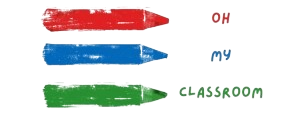Measuring is an essential part of everyday life, from cooking to building to telling time, and introducing preschoolers to measurement activities can help them better understand the world around them.
These activities range from simple and easy-to-implement ideas to more complex projects that require some planning and preparation.
We’ll explore some fascinating measurement activities for preschoolers that are both fun and educational.
Measuring with non-standard units:

This activity is perfect for introducing preschoolers to measurement concepts. Gather a variety of non-standard units such as paper clips, buttons, and straws. Have the children measure objects around the room, such as their desks, chairs, and books, by lining up the units next to the objects. This activity will help children understand the concept of measurement and develop their fine motor skills.
Measuring ingredients for cooking:
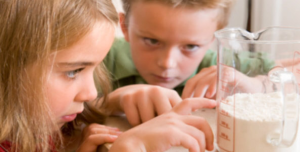
Cooking with children is a great way to teach measurement. Have the preschoolers measure ingredients such as flour, sugar, and water with measuring cups and spoons. This activity not only teaches measurement skills but also helps with following directions and promotes healthy eating habits.
Related: 25 Social Studies Activities for Preschoolers
Measuring objects with rulers:
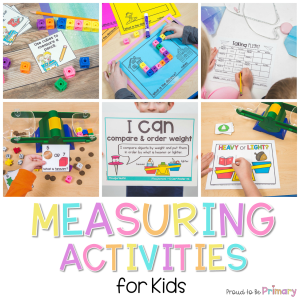
Using rulers to measure objects is an excellent way to teach preschoolers about standard units of measurement. Have the children measure objects around the classroom, such as pencils and books, and record their measurements. This activity helps children understand the importance of accuracy and precision in measurement.
Comparing weights:
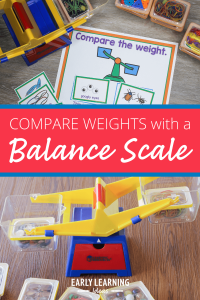
This activity helps children understand the concept of weight and how different objects have different weights. Gather a variety of objects with different weights, such as feathers, rocks, and stuffed animals. Have the children compare the weights of the objects by holding them and deciding which one is heavier or lighter. This activity promotes critical thinking and problem-solving skills.
Related: 100 Best 3rd Grade Questions of The Day
Measuring time with a stopwatch:

Teaching preschoolers about time can be challenging, but using a stopwatch can make it fun and interactive. Have the children time themselves doing simple activities such as running or jumping, and record their times. This activity not only teaches measurement skills but also helps children understand the concept of time and how it relates to everyday activities.
Exploring capacity:

Fill different containers with water or sand, and have preschoolers pour the contents from one container to another to compare the capacities. Encourage them to use descriptive words like “full,” “empty,” “half-full,” and “almost full” to describe what they observe.
Related: 25 Fun Hand-Tracing Activities for Preschoolers
Measuring with a balance:

Use a balance scale to teach preschoolers about weight and measurement. Have them compare the weights of different objects by placing them on each side of the scale until they are balanced. This activity is a great way to help children develop their critical thinking and problem-solving skills.
Creating patterns with measurement:
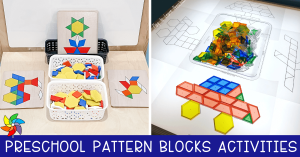
Use colored blocks, cubes, or tiles to create patterns with specific lengths or heights. For example, create a pattern with alternating colors that are three cubes high. This activity not only teaches preschoolers about measurement but also helps develop their creativity and pattern-recognition skills.
Measuring the length of objects:

Have preschoolers measure the length of objects using a measuring tape or a yardstick. Encourage them to use descriptive words like “long,” “short,” “tall,” and “wide” to describe what they observe.
Measuring the temperature:

Teach preschoolers about temperature by using a thermometer to measure the temperature in different locations, such as outside, inside, and near a window. Discuss how temperature affects our environment and how we dress for different weather conditions. This activity is a great way to help children develop their scientific inquiry and observation skills.
Estimating measurements:

Encourage preschoolers to make estimates of different measurements, such as length or weight, before measuring with a ruler or balance scale. Discuss their predictions and compare them with the actual measurements. This activity helps children develop their estimation and prediction skills.
Measuring shapes:

Use pattern blocks or cardboard cutouts to create different shapes, and have preschoolers measure the perimeter or area of each shape. This activity helps children understand the relationship between shapes and measurements.
Measuring the volume of objects:

Fill different containers with water or sand, and have preschoolers measure the volume of each container by pouring the contents into a larger container or measuring cup. This activity helps children develop their understanding of volume and capacity.
Measuring distance:

Set up a simple obstacle course or track for preschoolers to run or walk through, and have them measure the distance using a tape measure or measuring wheel. This activity helps children develop their spatial awareness and measurement skills.
Measuring using digital tools:

Introduce preschoolers to digital tools such as a tablet or smartphones that can be used to measure distance, weight, or temperature. Use apps or tools that are designed specifically for children to help them learn about measurement in a fun and interactive way. This activity also helps children develop their technology skills.
Comparing heights:

Have preschoolers measure their heights using a measuring tape or yardstick and compare their heights with their classmates. Use the measurements to create a height chart for the classroom, and have children place their pictures on the chart next to their height.
Measuring ingredients for art projects:
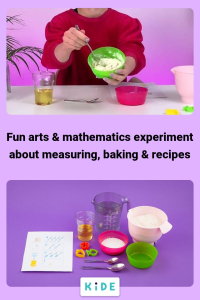
Similar to cooking, measuring ingredients for art projects, such as paint or glue, can teach preschoolers about measurement while also encouraging creativity.
Measuring sound:

Use a decibel meter to measure the sound levels in different parts of the classroom or outside. Discuss how different activities and environmental factors can affect sound levels.
Measuring distance using non-standard units:

Have preschoolers measure the distance between objects using non-standard units, such as footsteps or paper clips. This activity helps children understand the concept of distance and measurement.
Measuring using balance and force:

Using a balance scale, have preschoolers measure how much force is needed to lift different objects, such as books or toys. This activity teaches children about the relationship between balance, force, and weight.
